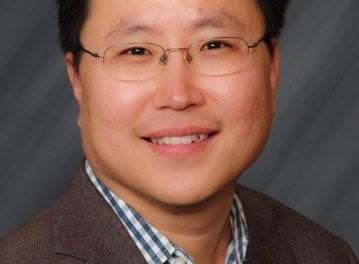Targeting large clones of skin cells caused by ultraviolet irradiation (UV) may help reduce skin cancers, according to University of Queensland research, published in Cell Reports.
Professor Kiarash Khosrotehrani said the study found proliferation of these large clones was concentrated around hair pores and not evenly distributed.
“Using genetic engineering of skin epidermal stem cells, we were able to track the growth, regression and cancerization of individual clones that resulted from UV exposure.
“We found large clones regressed in size as soon as skin irradiation stopped, highlighting the importance of sun protection,” he comments, in a media release from University of Queensland.
Keratinocyte cancers, or basal and squamous cell carcinomas, are one of the main cancers in Australia, affecting one in three people, and are strongly linked to sun exposure.
According to Dr Edwige Roy, skin cancers were more likely to be found in large clones.
“While surgery is extremely effective in treating individual keratinocyte cancers, it doesn’t prevent a high proportion of patients from developing subsequent tumors in the same sun-damaged area,” Roy says.
“In Queensland, about four percent of people experience 10 or more skin cancers every three years.
“For these patients, skin cancer is a chronic disease with multiple surgeries and regular skin checks required during their lifetime.
“While it’s still unclear what processes drive the formation of skin cancer, our study helps clarify the influence of UV irradiation in its development by evaluating clone size dynamics in skin exposed to chronic ultraviolet irradiation,” she adds.
“It also considers whether specific clones have more propensity to form skin cancer.
“Our findings have major implications for reducing skin cancer through sun protection and reducing the size of skin clones.
“Chemoprevention treatment could play a significant role in addition to sun protection by reducing the size of skin cancer clones, lowering keratinocyte cancers rates in Australia.”
[Source(s): University of Queensland, EurekAlert]




